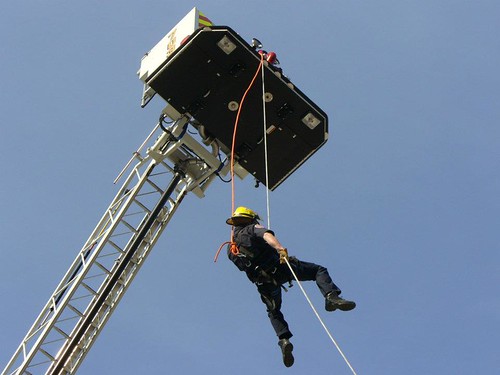I wanted to make everyone aware of a training exercise going on very early tomorrow morning that may create some noise. Please take a moment to read the below press release from
NORAD and do not be alarmed if you hear very loud, low flying aircraft between 3 - 5 AM tomorrow morning.
-Bill
NORAD exercise planned for Washington, D.C.
Feb. 7, 2012
TYNDALL AIR FORCE BASE, Fla. – The North American Aerospace Defense Command and its geographical component, the Continental United States NORAD Region (CONR), will conduct exercise Falcon Virgo 12-05 Thursday, Feb. 9, from 3-5 a.m. (Eastern Standard Time) in the National Capital Region, Washington, D.C.
The exercise is comprised of a series of training flights held in coordination with the Federal Aviation Administration, the National Capital Region Coordination Center, the Joint Air Defense Operations Center, Civil Air Patrol, U.S. Coast Guard and CONR’s Eastern Air Defense Sector.
Exercise Falcon Virgo is designed to hone NORAD’s intercept and identification operations as well as operationally test the NCR Visual Warning System. Civil Air Patrol aircraft, Air Force F-16s and a U.S. Coast Guard HH-65 Dolphin helicopter will participate in the exercise.
These exercises are carefully planned and closely controlled to ensure CONR’s rapid response capability. NORAD has conducted exercise flights of this nature throughout the U.S. and Canada since the start of Operation Noble Eagle, the command’s response to the terrorist attacks on Sept. 11, 2001.
In the event of inclement weather, the exercise will take place the following evening. If bad weather continues, officials will then make a decision to postpone or cancel the exercise.
As the Continental United States geographical component of the bi-national command NORAD, CONR provides airspace surveillance and control, and directs air sovereignty activities for the CONUS region. CONR and its assigned Air Force and Army assets throughout the country ensure air safety and security against potential air threats.
Since Sept. 11, 2001, CONR fighters have responded to more than 3,400 possible air threats in the United States and have flown more than 59,000 sorties with the support of Airborne Warning and Control System and air-to-air-refueling aircraft.










 )
) Fire Sprinklers – Montgomery County Tax Information
Fire Sprinklers – Montgomery County Tax Information
